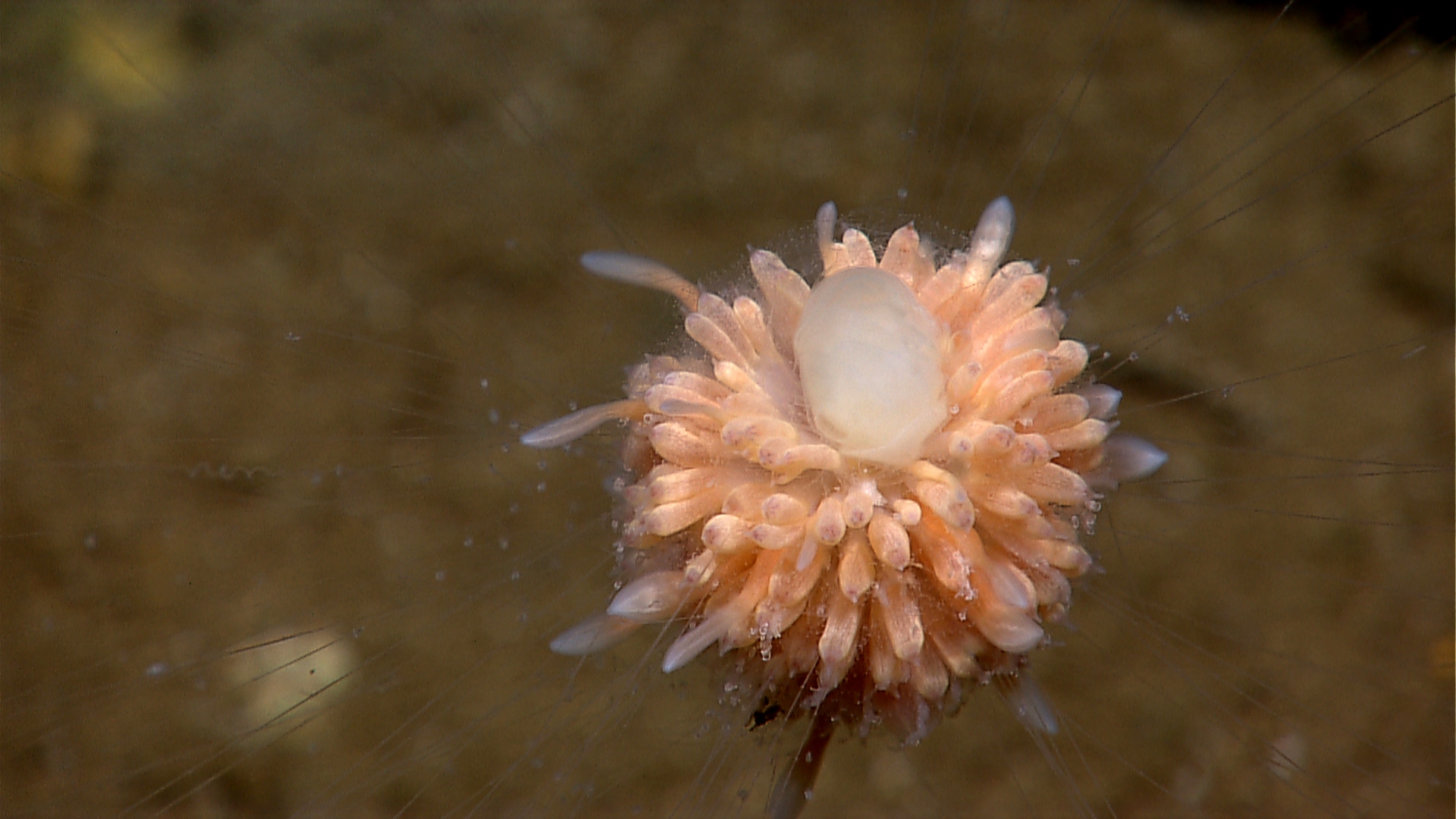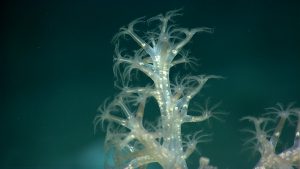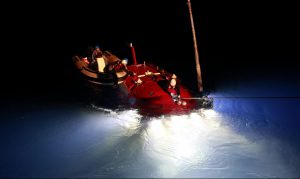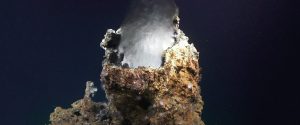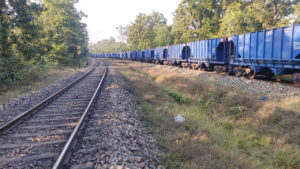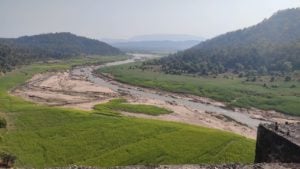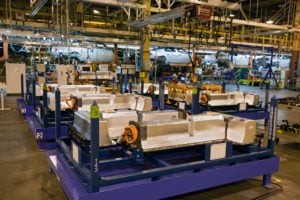For the first time in history we must answer the question, should we mine our ocean floor?
Regulations to allow ocean mining in international waters could be approved as early as this year by the International Seabed Authority. But scientists, countries and community leaders have recently suggested this sprint to mine the ocean is irresponsible and have been aligning behind calls for a moratorium.
We are all stakeholders in this decision. The high seas region in which ocean mining is being proposed is uniquely governed as a common heritage space for humankind. It belongs to all of us – and shaping its future is a responsibility we all carry.
Discussions concerning the risks of ocean mining will find their way into a number of key international conversations this year. Scientists and NGOs attending the International Union for Conservation of Nature (IUCN) World Conservation Congress will be debating and voting on a motion calling for a moratorium on ocean mining. Eyes will also be on negotiations at the COP15 meeting of the Convention on Biological Diversity due to be held in Kunming, China later this year to agree to global biodiversity conservation targets. A CBD working group has already highlighted seabed mining as an industry which may pose new risks to biodiversity and ecosystem services. The International Seabed Authority holds its annual general assembly meeting in July 2021 – a key moment in which commercial high seas mining could be legalised for the first time.
Yet before these discussions have even taken place, over one million square kilometres of ocean has already been set aside as deep sea mining exploration claims in the Pacific, Atlantic and Indian Oceans.
Everything is super-sized in ocean mining. The mega-mosaic of mining claims in the Pacific is approximately the width of the continental US, and stretches from Hawaii to Mexico. Individual exploration areas can be larger than Switzerland. The companies positioning to start mining are big – including a subsidiary of the world’s largest arms manufacturer. And the mining equipment is massive – first-gen seafloor excavators weigh up to 30 times more than a bulldozer.
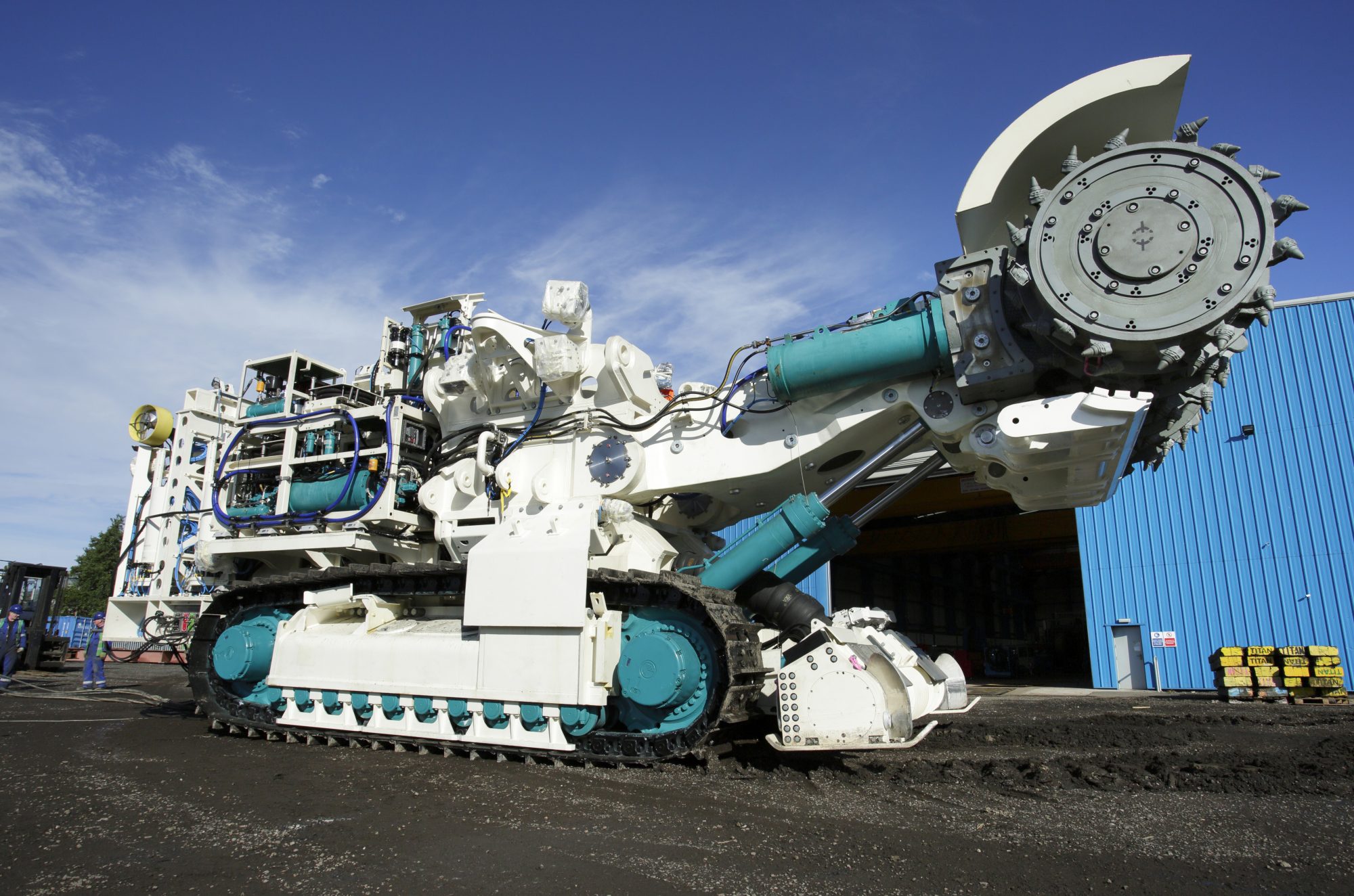
The countries jockeying for power in ocean mining range from big players such as China, Russia, the UK and Japan to small island nations.
The Pacific community is split on the issue. Some island countries, such as Fiji, Vanuatu and Papua New Guinea have called for a moratorium. Others, such as Nauru, which recently entered into a partnership with a Canadian ocean mining company, are boasting they could be the first to mine the high seas. Ironically, during the colonial period, Nauru entered into similar partnerships with foreign powers to strip mine its land, leading it to become what the New York Times called the “most environmentally ravaged nation on earth”. Recent failed foreign partnerships to kickstart ocean mining in Papua New Guinea eventually left the country in debt worth AUD$157 million (US$120 million).
The rush to start mining has drawn the ire of both scientists and NGOs over its potentially catastrophic ecological impacts. Over 90 NGOs, alongside a number of ocean luminaries, such as David Attenborough and Sylvia Earle, have called for a moratorium.
The ocean areas targeted for mining are quite biodiverse, with most species yet to be discovered. Many of the deep ocean species in these places tend to be uniquely slow-growing, long-lived and fragile – like undersea redwood forests. These habitats are home to corals that may be the oldest living animals on the planet – some which were born when the pyramids were built – cute octopuses that have become internet celebrities, and geological wonders such as the Lost City.
Scientists have drawn special attention to risks from the sediment plumes that ocean mining could create and spread tens to hundreds of kilometres. These underwater dust clouds might choke out ocean life, reduce the productivity of fisheries, and put harmful toxins into our tuna and other seafood.
Too often we study the environmental consequences of new industries “behind the bulldozers” rather than in front of them.
Researchers also highlight there are more questions than answers about the climate impacts that might arise from re-suspending ancient carbon now stored safely in seafloor sediments. Scars left in the seafloor by mining experiments look visually and ecologically almost identical decades later. This science reveals the fragility and low resilience of these deep ocean regions.
In the backdrop of international dialogues about whether to mine, the United Nations just launched the UN Decade of Ocean Science for Sustainable Development. Its mission is to accelerate the science needed to manage the oceans most effectively for nature and people. In no domain is this kind of data more needed – and more deficient – than in the regions being proposed for ocean mining.
Given the gravity of the potential negative consequences that ocean mining might have on marine ecosystems, it would seem prudent to, at the very least, completely pause progress towards ocean mining. And to make use of the opportunity afforded by the UN Decade to collect the kinds of robust information needed to properly determine whether ocean mining can be authorised without causing harm to the ocean.
Too often we study the environmental consequences of new industries “behind the bulldozers” rather than in front of them. This practice has led to some of the planet’s most regrettable environmental mistakes – from massive oil spills to whole food web DDT contamination. The model is not tenable in the ocean – a frontier ecosystem of such great importance to people and biodiversity alike.
